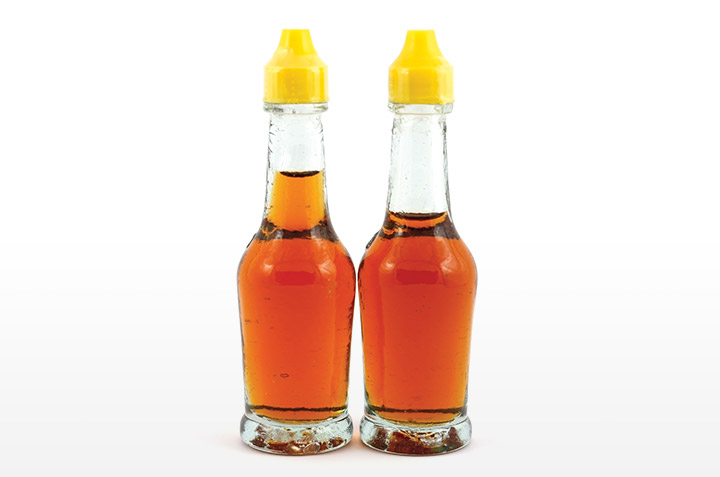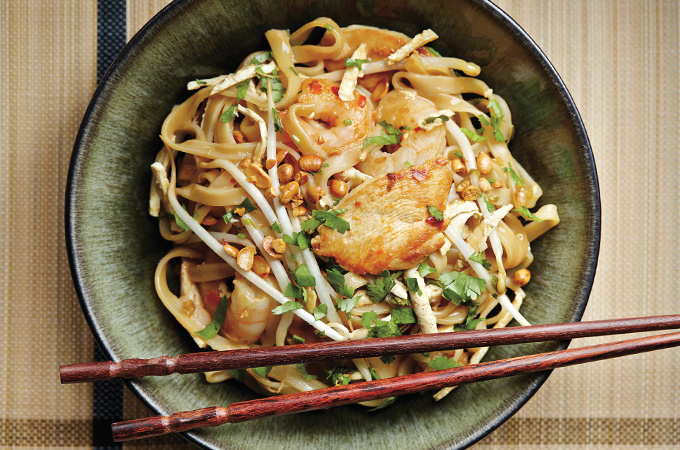1. Fish tales
Surprisingly, this condiment can be traced back to Europe. In ancient Rome, it was known as garum. Archaeologists have even identified the remains of garum factories dating to the fourth century BCE. These earlier versions were made with whole fish, or blood and guts. Just like with wine (another fermented product), the quality of the salty sauce can vary dramatically.
2. Sink or swim
Here are three fish sauces you can find locally. Vietnam’s Red Boat has a salty, clean taste and a sweet finish. It’s available in many supermarkets, as is Thai Kitchen Premium Fish Sauce. Three Crabs, from Thailand, is less salty and a chef favourite (you can find it at most Asian grocery stores).

3. We want the funk
Asian cuisine relies on several basic ingredients. Fish sauce stands out for its highly concentrated umami, one of the five flavours that the human tongue can detect. Anchovies are covered in salt and placed in barrels or vats to ferment anywhere from a couple of months to a couple of years. The salt slowly breaks down the fish as the mixture is gradually pressed, yielding a salty, fishy brine. The result is one distinct condiment!
4. Name game
In Southeast Asian cuisine, fish sauce is both an essential ingredient (in soups, sauces, salad dressings and stir-fries) and an everyday condiment used to replace table salt. In Vietnam, it’s known as nuoc mam, and in Thailand, they call it nam pla. At RICARDO, our take is called nuoc cham sauce. Learn how to make your own fish sauce at home!
5. West meets east
There are conflicting theories about how fish sauce made its way from Europe to Asia. Regardless, the famous Vietnamese brand Phu Quoc was the world’s first fish sauce granted European Union Protected Designation of Origin status. It’s also one of the most counterfeited fish sauces, thanks to its singular flavour.
Why not try fish sauce with chicken and lemongrass skewers or in a pad Thai? Totally delicious!


